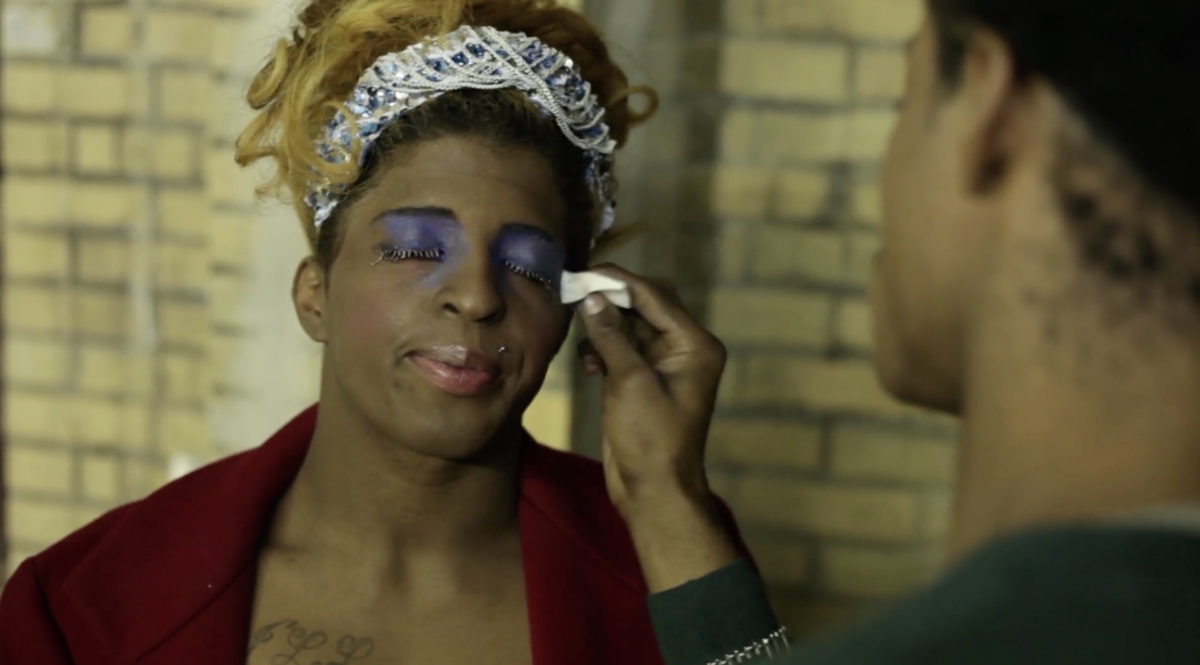
Elegance Bratton’s compelling documentary on the homeless LGBTQ kids of color that center their lives around the piers in NY’s Greenwich village has been years in the making. He started filming in 2011 and shot footage up until 2016 by when some of the kids had grown up, and a few had sadly died, but most of the scene had essentially remained unchanged.
Bratton’s own story accounts for the movie’s authenticity for as an African/American gay teenager he had been kicked out of his home when he ‘came out’ and had lived on the streets for the next few years. However he starts his film pointing out the sobering facts that he, and the pier kids, are hardly alone. Of the 2 Million homeless youth, over 50% of them identify as LGBTQ, and then 40% of that total are people of color.
Bratton just lets his cameras roll and even though there is not a tightly defined narrative he focuses on a handful of specific kids who he captures several times over the years.
 It’s a tough existence for most of them relying on sex work and pilfering food at CVS to survive which gives some of the brought up in strictly religious households brief pauses for thought. However they justify it on camera as the only option they have to get by on a day to day basis.
It’s a tough existence for most of them relying on sex work and pilfering food at CVS to survive which gives some of the brought up in strictly religious households brief pauses for thought. However they justify it on camera as the only option they have to get by on a day to day basis.
The police are a regular presence on the Pier and seem to send an excessive amount of officers to deal with the smallest incidents. Asides from that Bratton’s film rarely hints of the what we may have assumed are the scary sides of life here with the presence of violence always hanging over the air.
One of the kids that Bratton particularly warms too is a trans woman named Krystal LaBeija. Desperate for her mother’s acceptance , she hops on a bus to Kansas City where both her mother and aunt outright refuse to recognize Krystal’s reality quoting their deeply held religious beliefs . The reunion is calm with a very exasperated Krystal trying to educate her family even though it is obvious they are far too entrenched in their views to ever change. She at least does have communication with her mother which most of the pier kids are robbed off the moment they are evicted from their family homes.
Another kid solely looks in to the camera lens and complains that he is discriminated against because he is HIV negative. He had even considered deliberately catching the virus as he is convinced than within three days he would then be given housing and get financial aid. It is sadly too common a misconception but nevertheless a straw of hope that some of the kids hang on too.
Bratton’s powerful documentary merely observes so any thoughts or opinions we gather are based on the kids own actions and words. This is essentially an historical record of the facts. Braxton seems almost resigned to the reality that even if one day the pier kids get physical displaced, they will simply reassemble elsewhere to maintain their sense of community which is now so vital to their very being.

